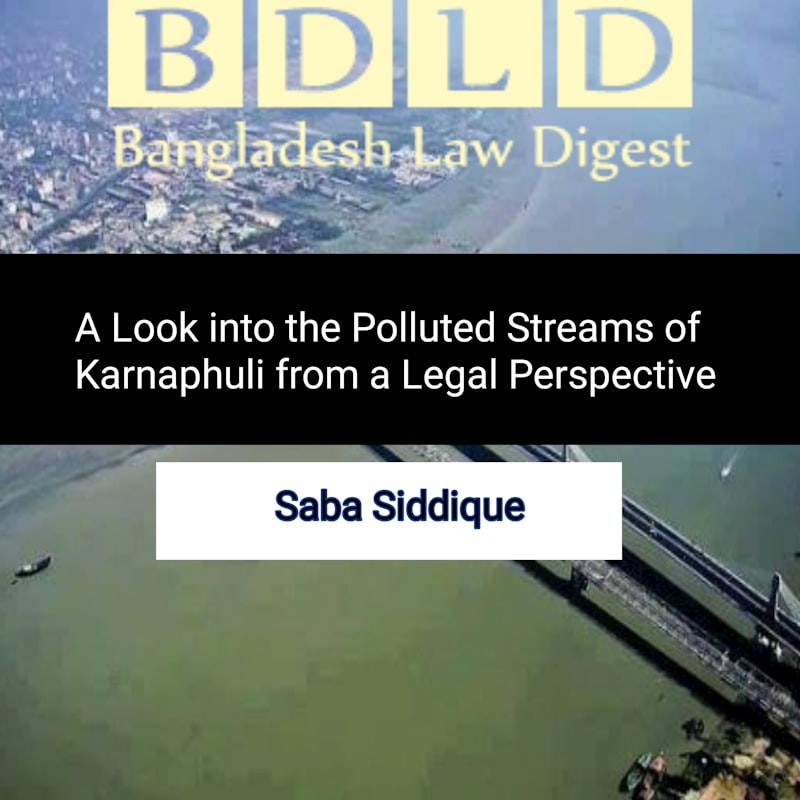Disaster Risk Reduction (DRR) is defined by the United Nations International Strategy for Disaster Reduction (UNISDR) as “the systematic development and application of policies, strategies and practices to minimize vulnerabilities, hazards and disaster impacts throughout a society, in the broad context of sustainable development”. The goal of DRR is to reduce vulnerabilities and disaster risks through prevention, mitigation, and preparedness. Disaster risk is the potential disaster losses, in lives, health status, livelihoods, assets and services, which could occur to a particular community or a society over some specified future time period. Vulnerability means the propensity or predisposition to be adversely affected. Exposure is the presence of people, livelihoods, environmental services and resources; infrastructure; or economic, social or cultural in places that could be adversely affected. There is no such thing as a 'natural' disaster, only natural hazards. Hazards, potentially damaging events or phenomena, by themselves do not cause disasters. Disasters are created by a combination of exposure, vulnerability and hazard risk.
To make all the disaster related activities coordinated, target oriented and energized and to make provision for a management structure for tackling all types of disasters the Disaster Management Act, 2012 was enacted in Bangladesh which marks a paradigm shift from emergency response approach to disaster risk reduction approach in managing disaster. The Act aims at setting up an institutional mechanism for disaster management, reduction of vulnerabilities, rehabilitation, and providing humanitarian assistance to the victims of disasters. The Act defines disaster as phenomena caused by natural disaster or man-made disaster or climate change and listed some of the disasters including cyclone and saline water intrusion. The Act contains a definition of rehabilitation, which includes rehabilitation of livelihood and repair of infrastructure. It also includes provisions for the resettlement and planned relocation of those affected -if needed- after a disaster. The Act also established the National Disaster Management Council to formulate policy and strategy on disaster management and to provide and implement guidelines on disaster management. In addition, the Act also envisaged the establishment of a Department of Disaster Management to implement the strategies of disaster management, which replaced the Relief and Rehabilitation Department. Finally, the Act established a Disaster Management Fund, which will operate at both national and district levels and will be utilized to support disaster management efforts and provide humanitarian assistance to affected people. The Act allows a person or organization negatively affected by a disaster to sue for compensation from a person or organization responsible for such disaster before a competent civil court and the court will determine the adequate compensation and pass the order accordingly.
Regulatory frameworks established the institutional arrangements from the local to national level for disaster management and disaster risk reduction. The Standing Orders on Disaster (SOD), 2010 established the National Disaster Management Council (NDMC) at the national level and aims to provide policy guidance on disaster risk reduction and emergency response management in Bangladesh. The SOD also reviews national disaster management systems and provides strategic advice for disaster risk reduction and emergency response management, promotes awareness regarding disaster risk reduction among top policy makers, evaluates disaster preparedness measures, provides strategic advice and facilitates coordination of multi-hazard and multi-sectoral measures in relation to DRR and emergency response management. For example, the City Corporation Disaster Management Committees (CCDMC) were established to carry out all disaster management activities (prevention, mitigation, preparedness, and response and relief) at the municipal level. Similarly at Upazila, Pourashava and Union Parishad level (micro level administrative tiers), Disaster Management Committees (DMCs) have been established. The main responsibilities of these local level committees include vulnerability and risk analysis at the local level, identifying communities at risk, preparing short, medium and long-term vulnerability reduction action plans, undertaking capacity building actions for people at high risk with active community participation, and establishing a local fund for the implementation of risk reduction action plans. The SOD suggested a well-structured institutional arrangements and the recently enacted Disaster Management Act, 2012 provided the legal basis for those institutional arrangements. In addition, the Act provides for establishing National Disaster Response Co-ordination Group for integrated approach to DRR by all the concerned ministries and departments. The Act also provides for participation of law enforcing agencies and defense forces in emergency response programmes.
Bangladesh as one of the disaster-prone countries observes International Day for Disaster Reduction on 13th October in every year and in this year with the theme of ‘knowledge for life’. The theme for 2015 will focus on the use of traditional, indigenous and local knowledge in managing disaster. Local communities through generations have developed many indigenous knowledge and practices as they have been facing from vagaries of nature like flood, cyclone, tidal surge, drought and desertification. They are the store keeper of such knowledge. Which remain largely un-documented. Moreover, there are ethnic communities in many parts of the world, who have developed unique systems to address natural hazards. For effective management of disasters in a deltaic country like Bangladesh, we are to bank on the traditional knowledge and practices and perhaps, document them for our posterity.
━━┅━━━┅━━
Copyright: Any unauthorized use or reproduction of Bangladesh Law Digest (BDLD) content for commercial purposes is strictly prohibited and constitutes copyright infringement liable to legal action.














